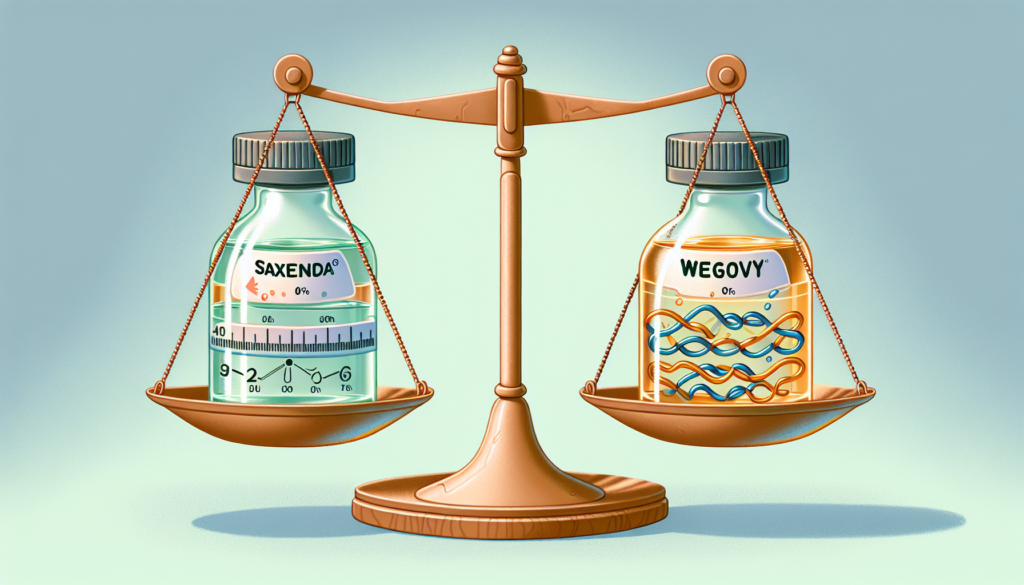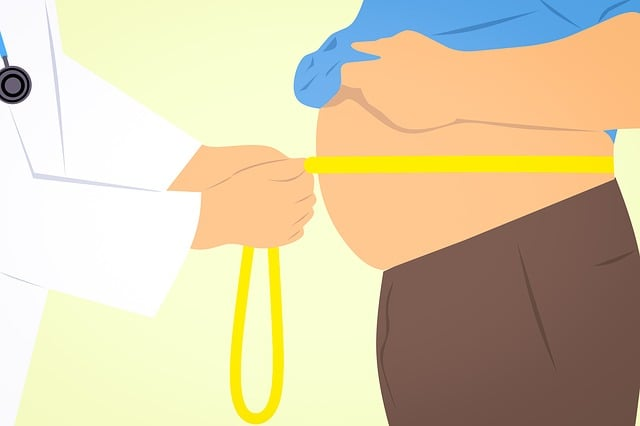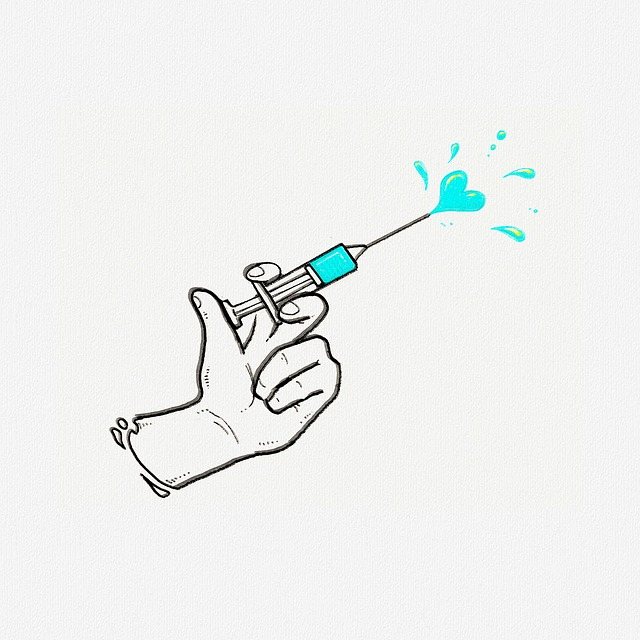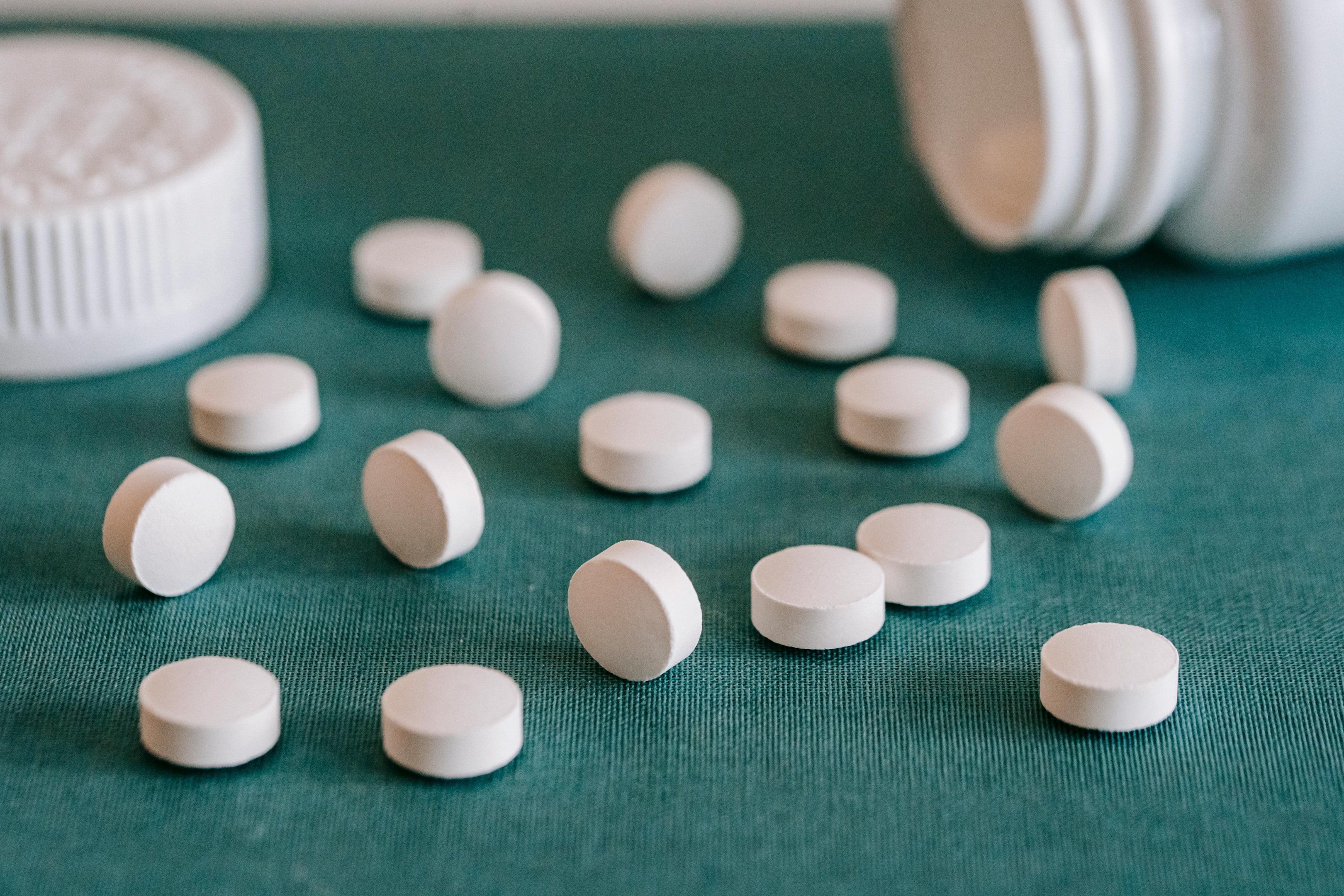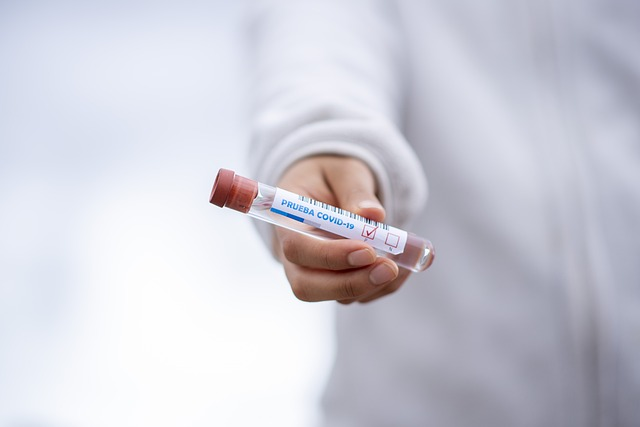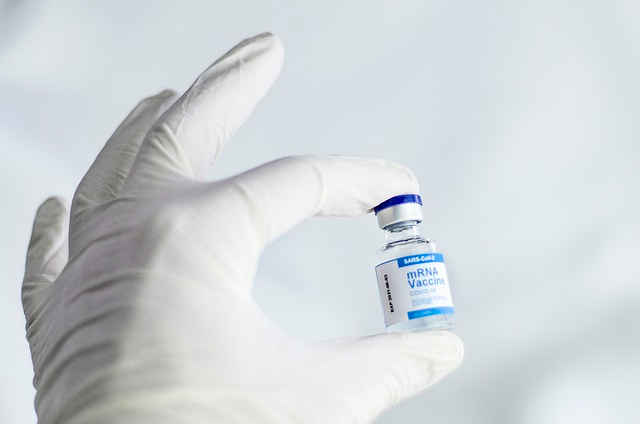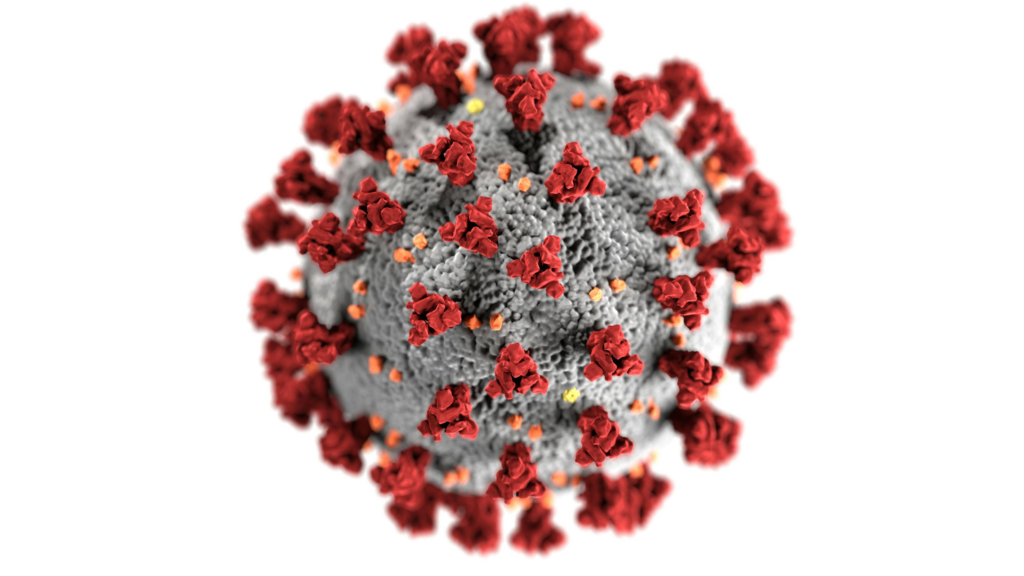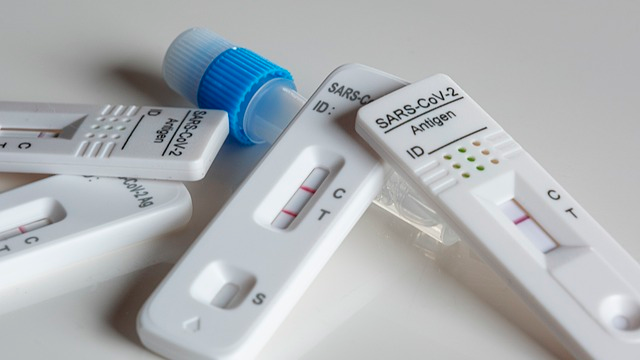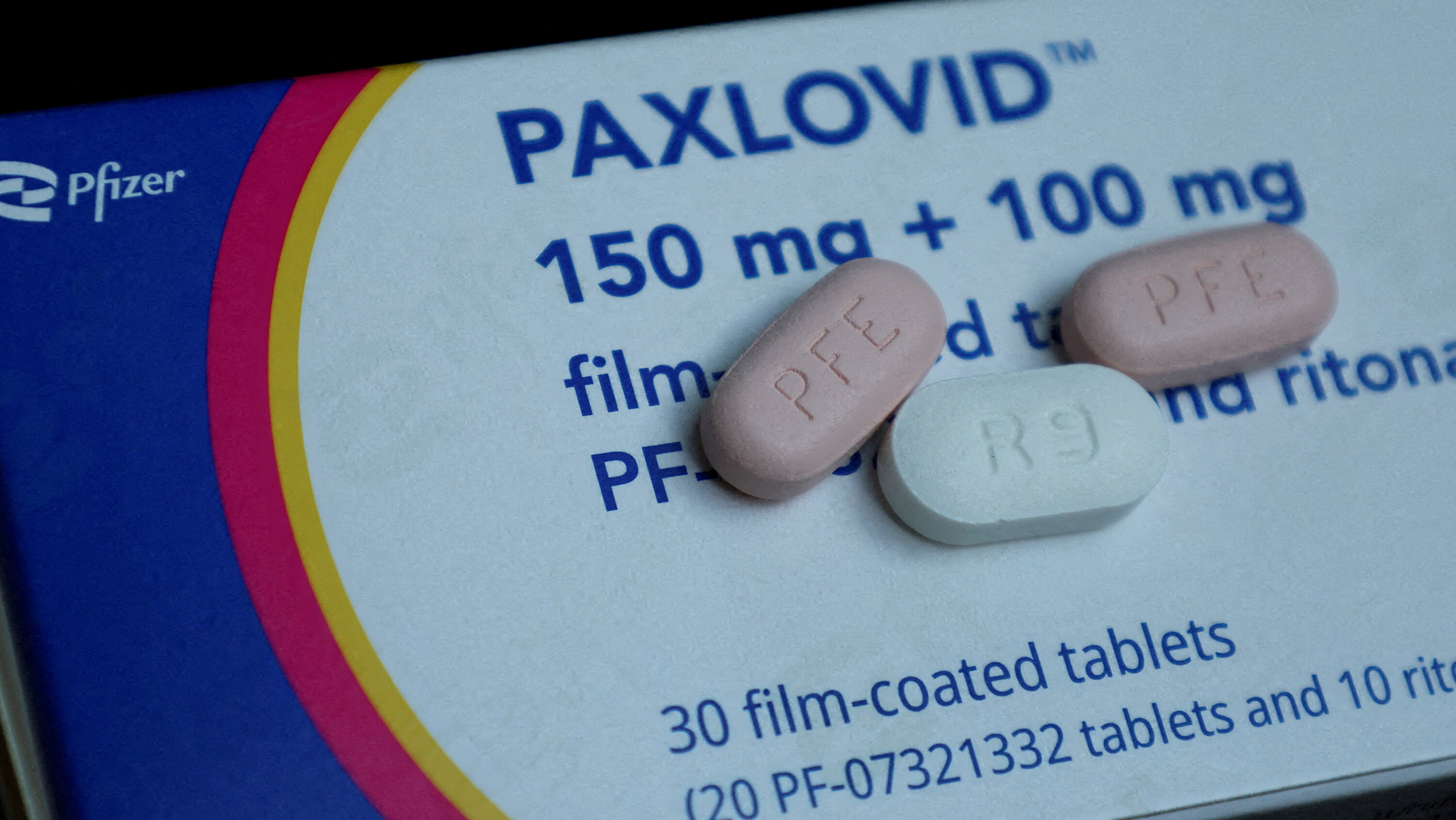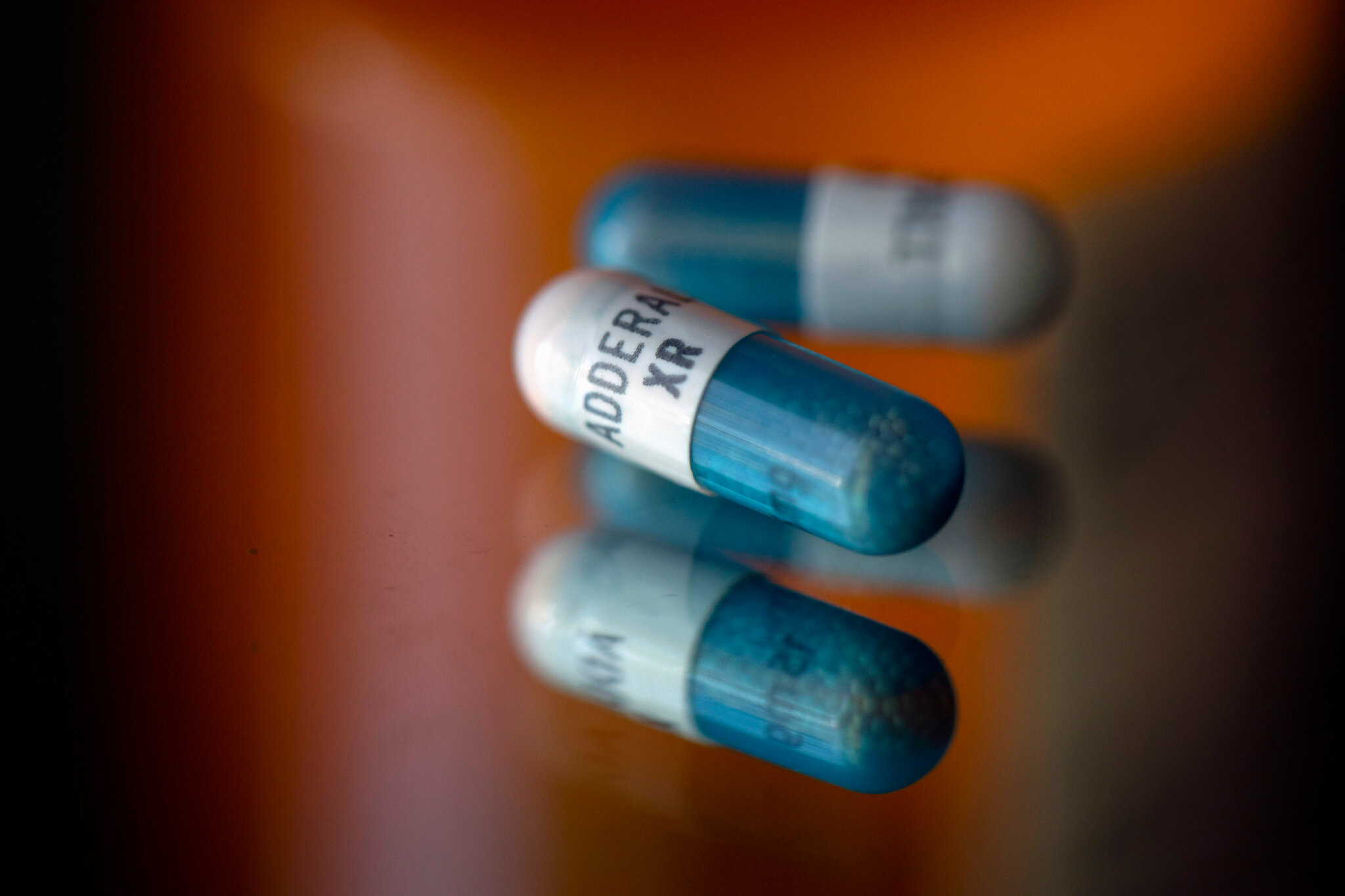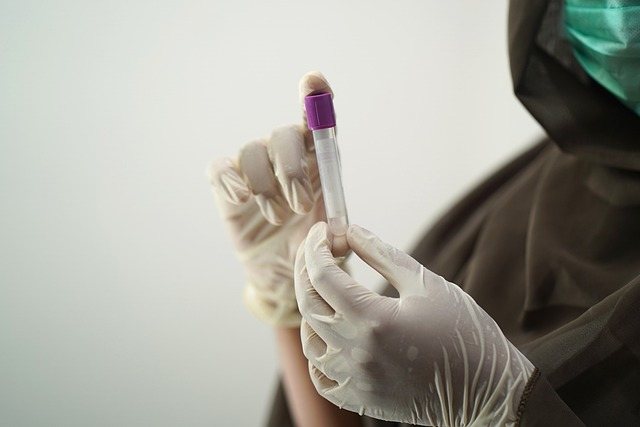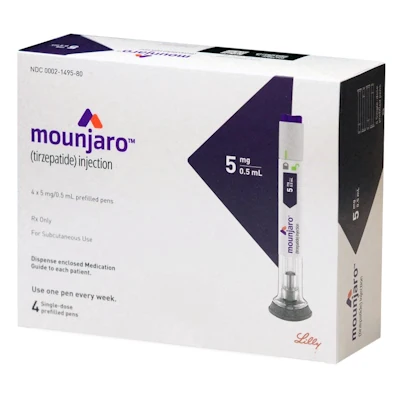Saxenda vs Wegovy: Comprehensive Comparison for Informed Weight Loss Choices
Saxenda vs Wegovy: Comprehensive Comparison for Informed Weight Loss Choices


In the debate of Saxenda vs Wegovy for weight management, making an informed choice is crucial. This article succinctly compares efficacy, dosing convenience, and tolerability to help you decide which medication aligns with your weight loss goals.
Key Takeaways
Saxenda (liraglutide) and Wegovy (semaglutide) are GLP-1 receptor agonists used for weight management; they differ in dosage, administration, weight loss outcomes, and side effects.
Wegovy is reported to produce greater average weight loss (~15.8% of body weight) with once-weekly dosing compared to Saxenda’s daily injections, leading to an average weight loss of 6.4%.
Professional medical advice is crucial when choosing between Saxenda and Wegovy, as they come with serious health risk warnings, potential side effects, and considerations for specific populations.
Understanding Saxenda and Wegovy: A Primer
Wegovy and Saxenda are pharmaceutical aids for weight management, intended to be used in conjunction with a regimen of low-calorie dieting and enhanced physical activity. Both medications fall within the category known as GLP-1 receptor agonists. Their function is to:
Imitate the effects of hormone GLP-1
Help control appetite and blood sugar levels
Induce satiety
Support weight loss efforts
When we examine the specifics, it’s clear that while Wegovy contains semaglutide as its active ingredient, Saxenda relies on liraglutide for its effect. Notably, both these substances serve double duty – they’re also approved under alternative brand names for managing type 2 diabetes aside from their roles in weight control. Currently, you cannot find a generic variant of Saxenda available on the market.
Saxenda and Wegovy Breakdown: Efficacy and Usage
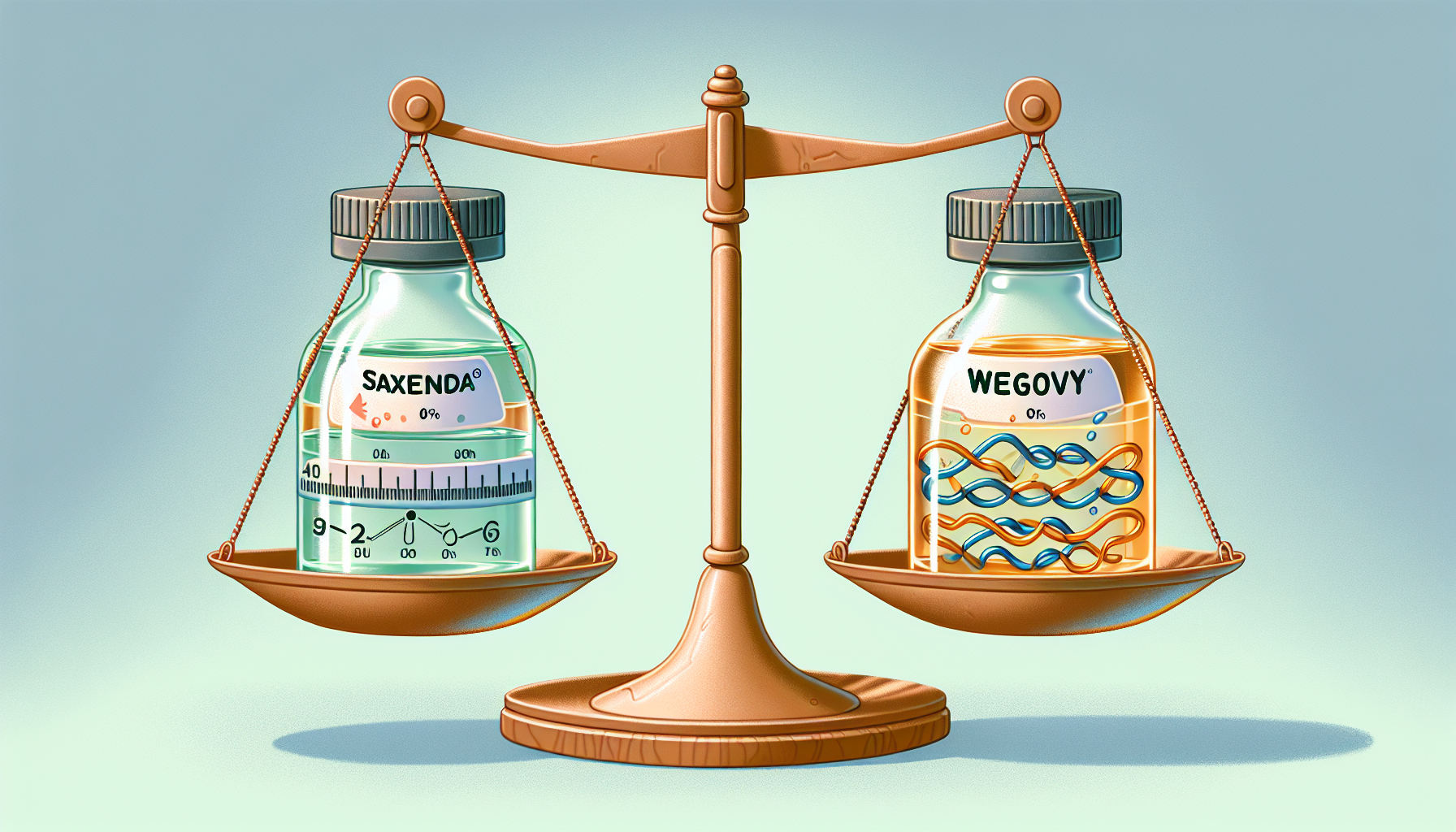
For a well-informed decision, it’s essential to grasp the effectiveness and application of Saxenda and Wegovy thoroughly. These elements will be meticulously analyzed in the following subsections.
Who Should Consider Saxenda or Wegovy?
Individuals with a body mass index (BMI) of 30 or higher, as well as those with a BMI of at least 27 who also suffer from a weight-related health condition, may be candidates for Saxenda and Wegovy. A thorough evaluation of one’s medical history and current health is essential before using these medications, to ensure they are an appropriate choice.
Saxenda stands out in that it has gained approval for ongoing weight management use in individuals aged 12 years and above who are dealing with obesity. Prior to opting for either Saxenda or Wegovy as methods of losing weight, seeking the advice of healthcare professionals is critical to confirm if they align properly with your specific health needs.
Average Weight Loss Outcomes
Delving into the statistical aspect, when weighing your options between Saxenda and Wegovy for weight loss, understanding their respective average weight loss results can play a crucial role in making an informed choice. What is the difference in effectiveness regarding shedding significantly more body weight with each medication?
Research indicates that:
On average, those using Wegovy experienced a reduction of approximately 15.8% from their initial body weight.
Individuals on Saxenda reported losing about 6.4% on average.
This means there’s roughly a 9.4% greater decrease in body weight with Wegovy compared to Saxenda.
Although there may be a slightly increased risk of gastrointestinal issues associated with Wegovy use, it typically exhibits better tolerability and has been linked to achieving greater reductions in bodyweight than what is observed with Saxenda users.
Dosage and Administration: Saxenda vs Wegovy

The administration and dosage of Saxenda and Wegovy are notably distinct, which influences their effectiveness as well as the experience for those using them.
We will examine these distinctions more closely in the upcoming subsections.
Saxenda’s Active Ingredient and Injection Details
Saxenda contains liraglutide as its active component and is supplied in a ready-to-use injection pen that holds 3 mL of the medicinal solution, allowing for a selection of doses from 0.6 mg up to 3 mg. A healthcare provider oversees the incremental increase of the dosage on a week-by-week basis until reaching an optimal daily dose of 3 mg.
Administered once every day at a concentration level of 6 mg/mL, Saxenda injections can be given in one’s abdomen, thigh, or upper arm. This regimen ensures steady medication levels are maintained within the body each day to support effective weight management strategies.
Wegovy Pen Innovations and Dosing Week
Conversely, semaglutide is the active ingredient found in Wegovy. This compound boasts a prolonged half-life which fosters an extended sensation of satiety along with the practicality of requiring just a once-weekly dose.
Crafted for ease of use, the Wegovy pen brings several advantages that include:
Simplified treatment routine
Enhanced adherence from patients due to less frequent injections compared to daily dosing schedules
Following an injection using the wegovy pen, its medicinal effects persist for roughly 165 hours—a stark contrast to Saxenda’s effect span of 13 to 15 hours.
Side Effects Showdown: Saxenda and Wegovy Compared

Saxenda and Wegovy, like all drugs, come with possible adverse reactions. While they share comparable profiles regarding side effects, individual tolerances can vary. In the subsequent sections, we’ll delve into these side effects.
Managing Common Side Effects
Typical adverse reactions to Saxenda and Wegovy can include:
Upset stomach
Throwing up
Irregular bowel movements (both harder or looser stools)
Compared to Saxenda, Wegovy has been reported to exhibit these symptoms with a marginally higher frequency. Nevertheless, even with this increased occurrence of side effects, patients have shown a tendency to tolerate Wegovy better as evidenced by its reduced rates of treatment discontinuation.
Dealing with the common adverse reactions associated with using either Saxenda or Wegovy might pose some difficulties. Medical professionals are able to advise on appropriate dosage levels and ways to incorporate these medications into one’s healthy lifestyle habits in an effort to control such side effects while still achieving weight loss goals. It should be noted that there is a greater likelihood for individuals taking Saxenda versus those on Wegovy therapy needing assistance and additional methodologies in managing their medication-related side effects effectively.
Navigating Serious Health Concerns
It’s important to be aware of the serious health risks associated with Saxenda and Wegovy, beyond their common side effects. These medications may cause:
Allergic reactions
Pancreatitis
Gallbladder complications
Renal problems
Due to findings in animal studies indicating a risk of thyroid C-cell tumors, both drugs come with an FDA black box warning. Thus they are not recommended for individuals who have a personal or family history of thyroid cancer.
There is some good news. As GLP-1 agonists and diabetes medications, Saxenda and Wegovy can contribute to lowering the threat of severe heart conditions such as high blood pressure among obese adults. This benefit highlights the importance of consulting healthcare professionals and ongoing supervision when taking these pharmaceuticals.
Financial Considerations: Cost and Insurance Coverage

When deciding between Saxenda and Wegovy, it’s important to delve into the financial aspects. This involves evaluating the expense associated with these drugs, different insurance coverage options available, and strategies for optimizing cost-effectiveness.
Exploring Saxenda and Wegovy Insurance Scenarios
A month’s supply of Saxenda injection pens typically carries an average retail price around $1,802, and for Wegovy, the cost is about $1,234. Nevertheless, depending on your insurance coverage, the actual amount you pay out-of-pocket can differ substantially. Insurance plans may cover part or the entirety of costs associated with both Saxenda and Wegovy if they meet certain requirements including prior authorization.
For Saxenda specifically, whether it is covered by a patient’s insurance plan often depends on whether their healthcare provider views the medication as essential to managing their health condition. In parallel situations, wegovy coverage also hinges on medical necessity determinations based on criteria outlined by the patient’s particular insurance policy.
Maximizing Savings with NiHowdy’s Prescription Discount Card
Even with insurance coverage mitigating some costs, there are other methods to economize on prescription medications. The prescription discount card from NiHowdy stands out by offering up to an extra 3% back in Bitcoin on every medication purchase. These rewards come on top of any discounts already applied to your prescriptions, providing you both considerable savings and bonus incentives.
NiHowdy’s prescription discount card yields are growing in value over time, potentially offsetting not just escalating healthcare costs but also significant financial outlays down the line. It creates a dual advantage for consumers: access to necessary medications as well as consistent investment appreciation.
Lifestyle Integration: Beyond the Injection

Saxenda and Wegovy, while promising in terms of weight loss results, should be accompanied by healthy lifestyle changes for optimal outcomes. We’ll dive into the lifestyle adjustments that pair well with these medications.
Incorporating a diet low in sugar and processed foods can significantly enhance weight loss outcomes when combined with Saxenda or Wegovy. Here are some dietary recommendations to follow while using these weight loss injections:
Avoid foods high in saturated fats, fried foods, fast foods, and sugary drinks.
Include protein-rich foods in your diet.
Consume vitamin-rich vegetables and fruits.
Incorporate whole grains for sustained energy and nutrition.
Following these dietary guidelines will help you lose weight and achieve better weight loss results when using Saxenda or Wegovy.
Regular physical activity is not only beneficial for overall health, but also improves the efficacy of weight loss medications like Saxenda and Wegovy by helping to regulate blood sugar levels. The adoption of healthy lifestyle habits, including a well-balanced, low-calorie diet, and regular exercise, is imperative to achieve optimal weight loss benefits alongside medication.
Addressing Potential Drug Interactions
Like any medication, Saxenda or Wegovy can have noteworthy drug interaction concerns that warrant careful consideration.
The use of Saxenda may alter how the body absorbs medications taken orally, necessitating changes in their dosages and vigilant supervision. Specifically, taking Bismuth subsalicylate for digestive problems alongside Saxenda could increase the likelihood of experiencing low blood sugar levels.
Choosing Between Saxenda and Wegovy: Factors to Consider
When deciding between Saxenda and Wegovy, one must carefully weigh various factors that we will outline below.
Those with a personal or family history of conditions such as medullary thyroid carcinoma or multiple endocrine neoplasia syndrome type 2 are advised against the use of both Saxenda and Wegovy due to potential health complications. Before beginning treatment with any new drug, it’s crucial to consult a healthcare professional about your medical history. Individual lifestyle factors like having a hectic schedule or an aversion to regular injections might steer the decision towards either Saxenda or Wegovy. Switching from one medication to another necessitates medical advice which may entail implementing a ‘wash out’ phase along with ongoing assessments based on factors like body mass index (BMI) and existing dose levels of medication being used.
Alternatives to Saxenda and Wegovy in Weight Management
The market for weight loss medications includes a variety of alternatives besides Saxenda and Wegovy, which we will explore.
One such alternative is Orlistat, an orally taken medication that you can obtain through pharmacies and telehealth services. It blocks about 30% of dietary fat from being absorbed in the intestines. Another FDA-approved oral option is Contrave, an extended-release weight loss medication designed to curb hunger and manage cravings effectively. Alli offers an over-the-counter formulation of Orlistat approved by the FDA for weight management purposes suitable for adults 18 years or older. Qsymia also serves as another oral drug aiding in appetite suppression and increased feelings of fullness. It may be somewhat difficult to access at present times. These represent just some examples among various available similar weight loss medications intended to support those on their path towards achieving desired weight reduction results.
In order to consider these types of capsules appropriate solutions within a weight loss strategy, individuals should have a Body Mass Index (BMI) equaling or exceeding 28 while also seeking guidance from their General Practitioner (GP) regarding proper selection methods tailored personally toward them. Tirzepatide has been prescribed alongside enhancements in diet patterns along with escalated physical activity regimens aimed at facilitating ongoing chronicweight management initiatives bolstered by lifestyle changes.
Navigating Saxenda and Wegovy with Professional Guidance
Exploring the realm of weight loss medications requires expert advice, particularly when examining those that have been validated through clinical research. This dimension will be explored in more depth.
Weight loss treatment regimens featuring Saxenda or Wegovy are customized by healthcare providers based on a person’s unique medical background, reaction to past treatments, and health objectives. Specific groups like pregnant or nursing women must steer clear of using Saxenda and Wegovy for weight loss purposes. Instead, they should engage with their healthcare provider to receive tailored recommendations. Those contemplating the use of either saxenda or wegovy as an avenue for losing weight should initiate this journey under the guidance of a medical professional.
Summary
We’ve dived deep into the world of Saxenda and Wegovy, explored their efficacy, dosage, side effects, cost, and lifestyle integration. We’ve also looked at potential drug interactions, factors to consider when choosing between Saxenda and Wegovy, and alternatives in weight management. The bottom line? Whether it’s Saxenda or Wegovy, remember that these medications are not miracle cures. They work best when coupled with a healthy lifestyle, and professional guidance is key to navigating the journey successfully.
Frequently Asked Questions
What are the common side effects of Saxenda and Wegovy?
Be mindful of the potential adverse reactions when using Saxenda and Wegovy, as they can cause side effects such as nausea, vomiting, diarrhea, constipation, and symptoms resembling a cold.
It’s important to recognize these possible discomforts while on these medications.
How often do I need to take Saxenda and Wegovy?
For the prescribed treatment regimen, Saxenda must be administered via an injection once daily, while Wegovy should be injected once weekly.
Are Saxenda and Wegovy covered by insurance?
It’s advised to reach out to your insurance provider for specific details on coverage, as it can vary per person and prior authorization might be necessary for Saxenda and Wegovy.
Are there alternatives to Saxenda and Wegovy?
Certainly, if you’re exploring options beyond Saxenda and Wegovy for weight management, there are a number of alternatives available including Orlistat, Contrave, Alli, Qsymia, and Tirzepatide. It’s advisable to have a conversation with your healthcare provider to determine the most suitable choice tailored to your needs.
Is there a way to offset the cost of Saxenda and Wegovy?
Certainly, the expense of Saxenda and Wegovy can be mitigated by employing prescription discount cards such as those provided by NiHowdy, which afford significant discounts and extra perks to consumers.
Saxenda vs Wegovy: Comprehensive Comparison for Informed Weight Loss Choices Read More »
